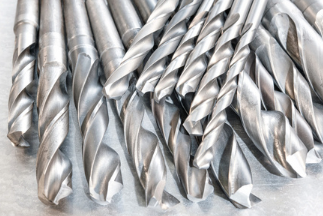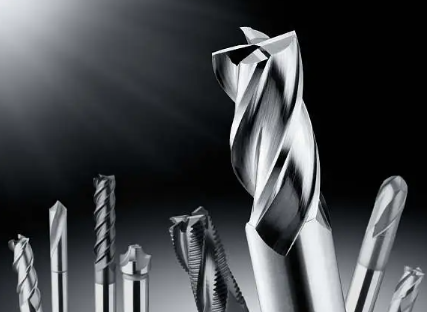During drilling operations, the condition of the drill bit has a direct impact on the efficiency and quality of the work. Whether it’s a broken shank, damaged tip or rough hole wall, it can be a “roadblock” to production progress. With careful inspection and proper maintenance, you can not only extend the life of your drill bits, but also improve efficiency and reduce unnecessary costs.
1. A broken shank will render the drill useless. Check that the drill bit is securely mounted in the chuck, sleeve or socket. If the bit is properly installed, it may be due to a damaged tailstock or socket, at which point you should consider replacing or repairing the damaged part.
2. Tip damage is most likely related to the way you handle the bit. To keep the tip of the bit perfect, do not use a hard object to tap the bit into the socket. Ensure that you carefully remove and store the drill bit after use.
3. If you end up with rough hole walls, the first thing you need to make sure is that it is not due to the use of a dulled tip or incorrect tip sharpening. If this is the case, re-sharpening the tip or replacing the bit is necessary.
4. If the center tip of the drill bit cracks or splits, it may be because the center tip was ground too thin. It is also possible that the lip clearance of the drill is insufficient. In both cases, re-sharpening or replacing the bit is necessary.
5. Chipped lip, lip and heel clearance needs to be checked and you may need to re-sharpen the tip or replace the bit.
6. Outside corner breakage. Excessive feed pressure is a common cause. If you are sure that the feed pressure is properly regulated and not over pressurized, then check the type and level of coolant.


Post time: Aug-26-2024
